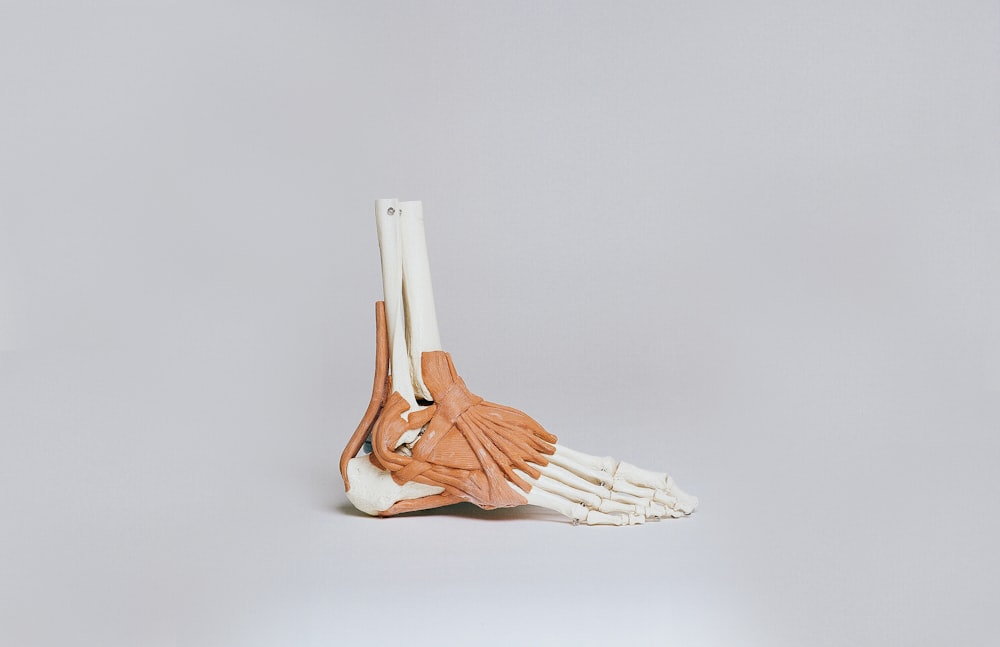Getting regular exercise is crucial for both our physical and mental health. Physical exercise is a proven mood booster, and it can even reduce anxiety and depression. Of course, the physical health benefits are massive as well. Regular physical activity reduces the risk of disease and improves overall bone, muscle, and cardiovascular health. However, an exercise routine that is too ambitious for your current fitness level or performed incorrectly can also lead to exercise-related injuries.
Age and exercise-related injuries can range from minor to debilitating. When you’re handling heavy weights and equipment, foreign workout devices, or exploring rough terrain for a morning run, physical exercise comes with a lot of risks. It’s a good idea to discuss any new exercise plans with your physician. This is especially true for individuals with compromised cardiovascular systems, blood sugar imbalances, or other medical conditions.
Let’s explore a few of the most common exercise-related injuries, how they happen, and what to do if they happen to you.
Exercise-Related Injuries
Meniscus Tear
The meniscus is a piece of c-shaped cartilage vital to a properly functioning knee. Each knee has two menisci that sit between the shinbone and the thighbone to prevent the bones from banging or scraping together. Twisting your knee while bearing weight on it frequently leads to a strained or torn meniscus. Indications that you may have torn your meniscus can include:
- catching of the knee joint
- inability to fully extend the leg
- knee pain (usually at the back of the knee)
- limping
- swelling
Your doctor will diagnose and assess the tear using an X-ray with contrast dye or an MRI. Treatment recommendations may vary depending on several factors. The severity of the injury, the patient’s overall health and wellness, and their reaction to medications may all play a part in a physician’s treatment recommendations. Certain tears may require arthroscopic surgery, but many can be managed with rest, icing, over-the-counter pain medications, and muscle-strengthening exercises.
Rotator Cuff Injury
The rotator cuff is the group of muscles and tendons that secure the top part of the upper arm bone in the shoulder socket. It is responsible for stabilizing the shoulder whenever the arm is moved, and it can be debilitating when it’s damaged. Damage is typically caused by progressive wear and tear, although falls and other accidents may also injure it.
There are a few different types of injuries that can happen to the rotator cuff. The tendons can become irritated and swollen, leading to tendinitis of the shoulder, or the tendons or muscles can tear. Bursitis is the swelling of the bursa, a small fluid-filled sac that provides a cushion between the rotator cuff and the shoulder bone, often caused by repetitive movements. While any activity that involves the shoulder joint can injure the rotator cuff, prolonged bouts of heavy lifting or repetitive overhead activity are most often responsible, so individuals who work at jobs that require a lot of overhead lifting may be more at risk for developing issues. Other populations at higher risk for rotator cuff injuries include those over 40 and athletes.
Rotator cuff injuries are diagnosed by examining the shoulder and checking arm and shoulder strength. Imaging tests will help to clarify what type of injury was sustained and how severe it is. In many cases, these injuries can be treated with over-the-counter pain relievers, rest, and subsequent physical therapy. Other treatment options can include icing the area, gently heating the area, corticosteroid shots, or surgery.
Plantar Fasciitis

The plantar fascia is a large ligament that runs along the arch of the foot, underneath the bones. Prolonged activity is most often to blame, although conditions that add extra weight, such as pregnancy, can also trigger bouts of plantar fasciitis. Long-distance runners, people with active jobs that keep them on their feet, and those with structural foot issues, such as high arches, flat feet, or tight Achilles tendons, are more likely to develop this disorder. Wearing soft-soled shoes with poor arch control can also increase the risk of injuring this vital ligament. Indications that you may have developed plantar fasciitis include:
- Dull, constant ache in the arch of the foot
- Sharp or stabbing pain when putting pressure on the heel
- Stiffness in the feet and ankles
- Swollen ankles
Healthcare providers are often able to diagnose this condition without additional testing. Depending on the placement and severity of the pain, they may want to employ an imaging test as well to rule out other causes. For the most part, treatment can be handled at home. Pain is typically manageable with over-the-counter pain relievers, rest, and supportive shoes or orthotic inserts. Icing the foot twice a day can speed healing, as it can immobilize the affected foot. Sometimes, medical intervention becomes necessary. At that point, your doctor may recommend a corticosteroid injection, an injection of platelet-rich plasma, or even surgery to correct the issue.
While regular exercise is essential to any ongoing health plan, it is not without its risks. Before starting any new exercise routine, do your research to be sure that you have the right equipment and form, and check with your family physician. By taking these steps, you can reduce the chances of strain or injury.
Read More:
5 Knee Exercises to Reduce Pain and Injury









